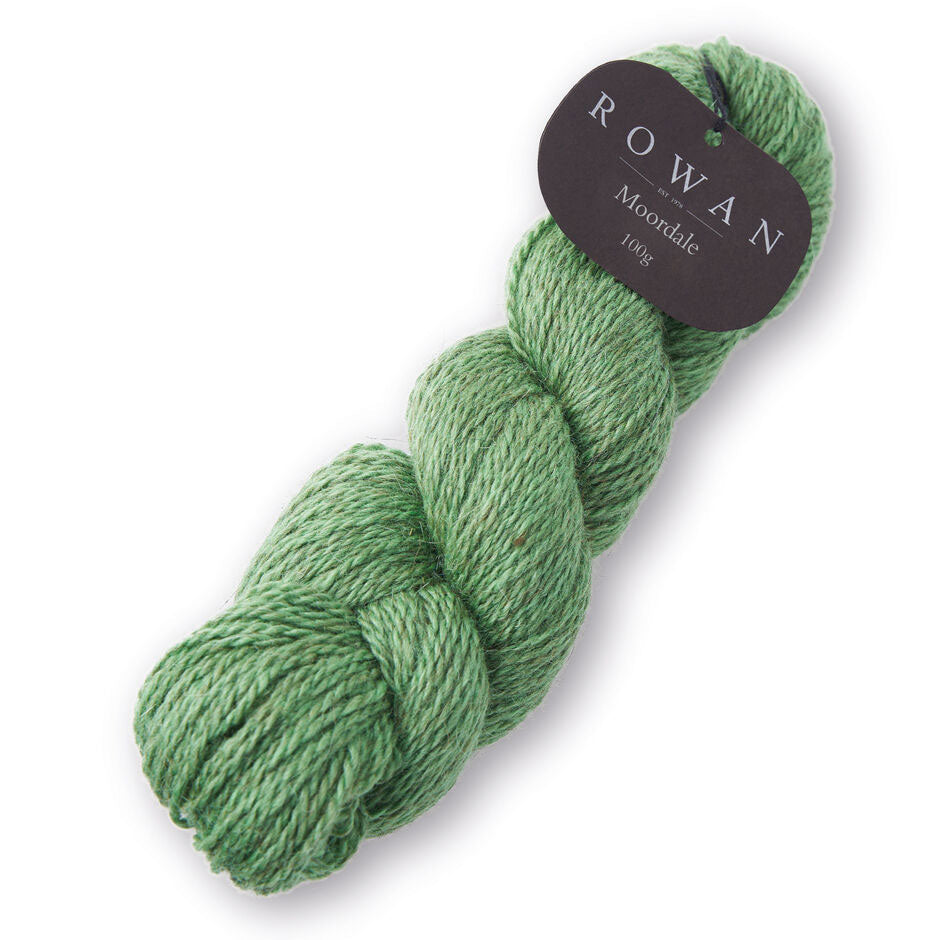Article: What is Pooling in Knitting? (And How to Avoid It)
What is Pooling in Knitting? (And How to Avoid It)
If you’ve ever worked with a gorgeous hand-dyed skein, you may have noticed an unexpected pattern emerge as you knit - blotches of colour stacking up in one spot, or streaks spiralling around your project. This is called pooling.
What Causes Pooling?
Pooling happens when the repeats of colour in a skein line up row after row, creating clusters or stripes rather than a random, even mix. Because hand-dyed yarns are dyed in small batches with unique colour sequences, this effect can vary dramatically depending on:
-
The length of each colour section
-
Your stitch count and gauge
-
The size of your project
Sometimes pooling can look intentional and striking, but other times it can distract from your design.
Ways to Avoid Pooling (If It’s Not Your Style)
Here are a few tried-and-tested methods knitters use to minimise pooling:
-
Alternate Skeins Switch between two skeins every couple of rows. This breaks up colour repeats and softens obvious patches.
-
Change Needle Size Even a small adjustment can shift the way colours stack, redistributing them more evenly.
-
Vary Stitch Patterns Texture stitches (like moss stitch, slip-stitch, or cables) can help scatter colour more randomly.
-
Knit in the Round Sometimes circular knitting disrupts the alignment that causes pooling in flat knitting.
-
Use Planned Pooling If you like the effect but want control, you can “plan” pooling by swatching and adjusting your stitch count to create deliberate flashes, stripes, or even argyle-like effects.
Embracing the Unique
Pooling isn’t always a bad thing! Many knitters embrace it as part of the beauty of hand-dyed yarn - a reminder that each skein is one of a kind. Whether you tame it or lean into it, the key is experimenting and swatching until you find a look you love.

